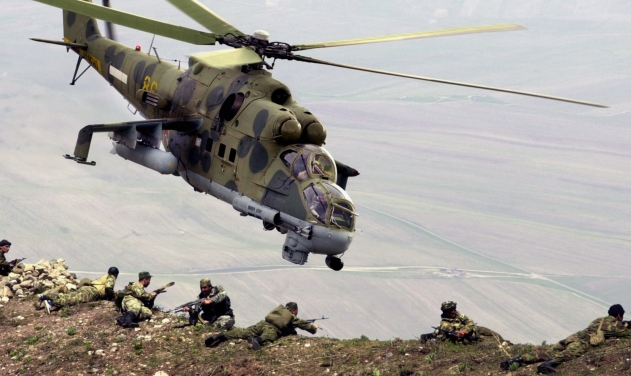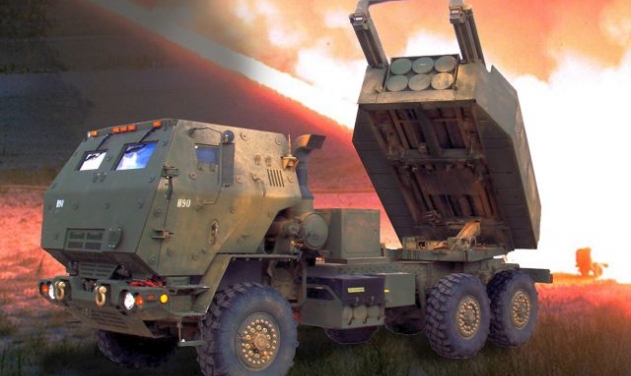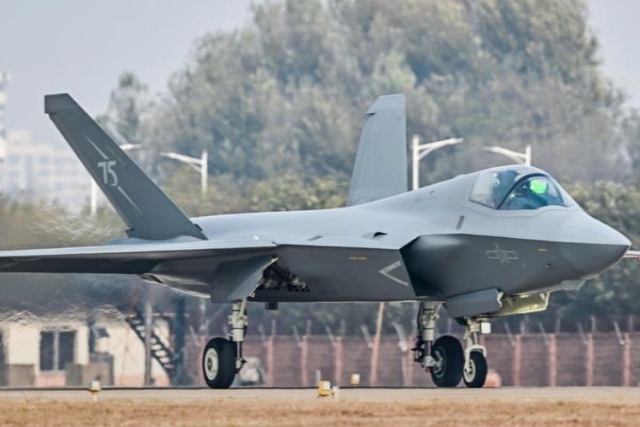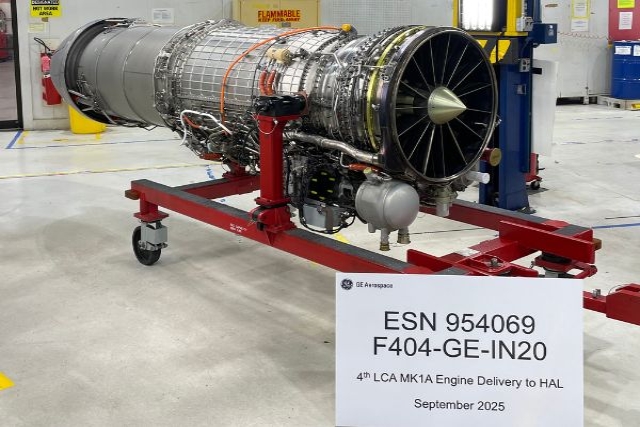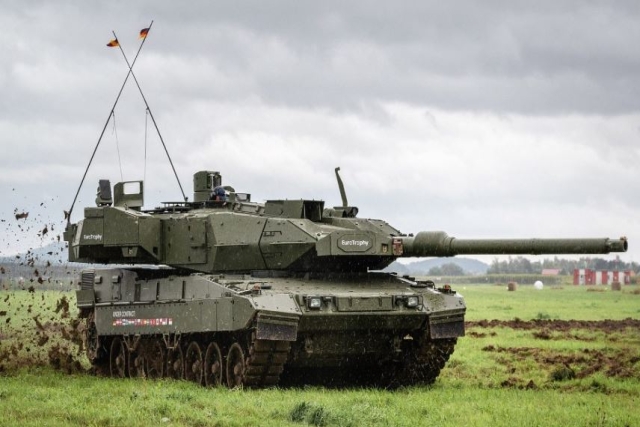Indian Air Force To Get New Fighter Jets After 20 Years

Nearly 20 years after the Indian Air Force (IAF) procured Sukhoi-30 fighters, the Indian MoD is poised to conclude a deal to buy 36 Dassault Rafale aircraft to supplement the IAF’s fleet.
The last time India ordered a new fighter aircraft was in 1997 for the purchase of Su-30MK aircraft with Russia. Interestingly, India signed a US$1.4 billion deal with Russia for 50 fighter jets while the current price of 36 Rafale fighters is US$8.5 billion.
The 50 Su-30MKI would be produced in five batches. The first eight were Su-30MKs, the basic version of the aircraft. The next batch was 10 Su-30MKs with French and Israeli avionics. The third batch was the first set of Su-30MKIs. These featured canard fore-planes. The fourth batch involved 12 Su-30MKIs and the final batch was of 10 Su-30MKIs with AL-31 FB turbofans.
The first Su-30MK took to the skies in 1997, the upgraded Su-30MKI in 2000. The aircraft is in service since 2002. Another contract for additional 42 locally assembled Su-30MKIs was signed in December 2012 by HAL.
The Indian government had floated a tender to buy 126 Medium Multi-Role Combat Aircraft (MMRCA) and had allocated $8.2 billion for the purchase to fill in the gap between its Light Combat Aircraft and in-service Su-30MKI fighter jets. The IAF had projected the requirement for 126 aircraft in 2001 when the strength was at 39.5 squadrons (down from 45).
MMRCA featured six aircraft Boeing F/A-18E/F Super Hornet, Dassault Rafale, Eurofighter Typhoon, Lockheed Martin F-16 Fighting Falcon, Mikoyan MiG-35, and Saab JAS 39 Gripen as contestants.
On 27 April 2011, after a technical evaluation by the IAF, it reduced the bidders to two fighters — Eurofighter Typhoon and Dassault Rafale from earlier six. On 31 January 2012 it was announced that Dassault Rafale won the competition due to its lower life-cycle cost. The deal would cost $28–30 billion in 2014.
The deal was officially withdrawn in August 2015 due to cost overruns. Indian Prime Minister Narendra Modi announced plans of buying 36 Rafales under a government-to-government contract with France scrapping the earlier MMRCA deal.
The minimum sanctioned strength of the IAF is 39.5 squadrons of combat aircraft, with a healthy level of 44 squadrons. However, this level was achieved only in the mid-1980s with the acquisition of the Mirage 2000s, MiG-29s and Jaguars. In addition, most IAF aircraft were comparatively new at the time, being less than 10 years old. Most of the older aircraft would have become obsolete by the mid-1990s, with the rest needing replacement by 2010.
